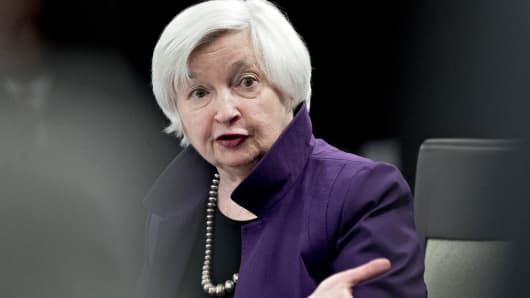The Federal Open Market Committee delivered on its long-signaled quarter-point hike in the target range for the federal funds rate. Markets will now focus on the committee's next move. There are two questions to be answered. First, will there be another rate hike this year? Second, how will the anticipated shrinkage of the Fed's balance sheet proceed? Thus far, markets seem calm.
This was the fourth rate hike since December 2015. The FOMC has signaled one more rate hike this year, but markets give it only about a 50/50 probability. Certainly, inflation gives no reason for the Fed to move aggressively on rates. Inflation remains below 2 percent.
The Federal Reserve has persistently over-estimated the inflation threat and today's FOMC statement seems to recognize that. The yield curve has flattened despite the anticipated rate hike at this meeting. In short, financial markets are not signaling further Fed rate hikes. The Fed is inclined to adjust its actions to the market's expectations. That suggests there will be no further rate hikes this year.
The labor market is the central bank's other key concern. The May jobs report once again sent mixed signals. Job creation was weak at 138,000. Yet the unemployment rate declined to 4.3 percent, the lowest in 16 years. These are mixed signals that can, however, be reconciled. We are in a historically long, but subpar economic recovery. Slow job growth accompanies slow economic growth.
The historically low unemployment rate is the seeming anomaly. That figure is misleading on at least two counts. First, the decline in unemployment is a consequence of the length of the recovery rather than its strength. Second, the fall in the unemployment rate has been affected by the decline in the labor-force participation rate.


